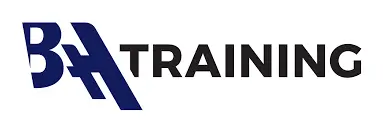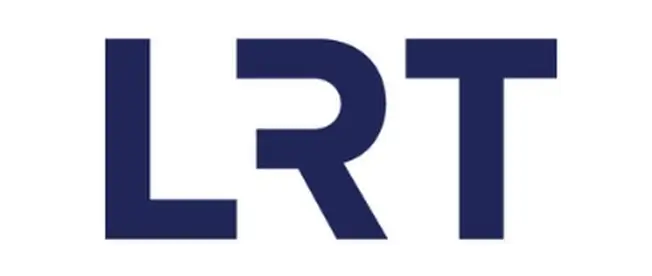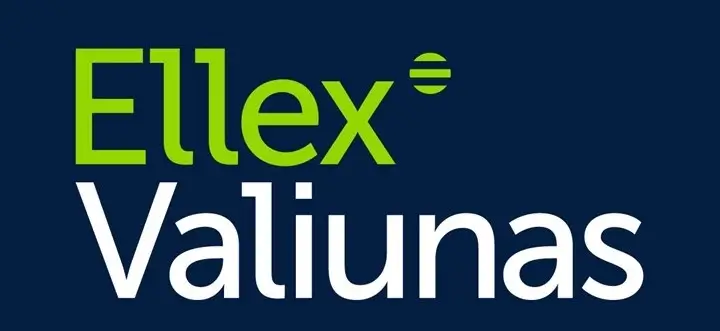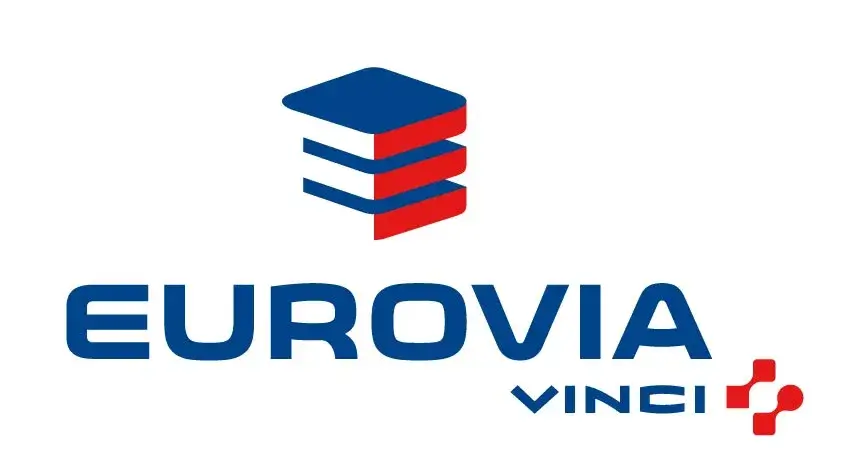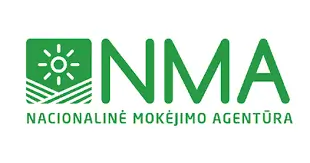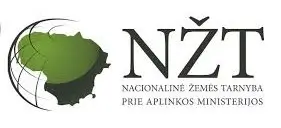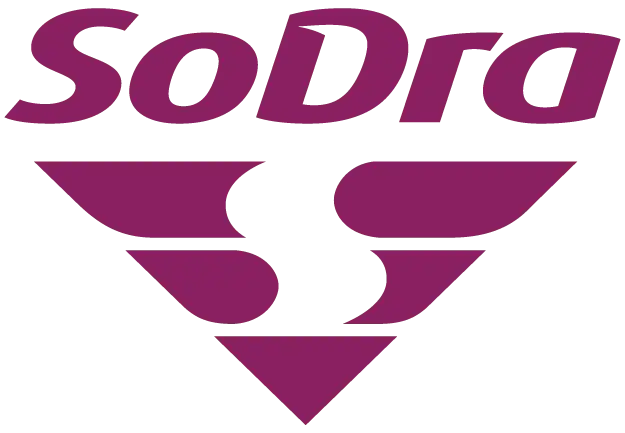Strategic Sessions
Agreement on Your Team’s or Organization’s Direction
If a man does not know to which port he is sailing, no wind is favorable.
Seneka
Challenges organizations and teams face when working together
One of the main challenges for an organization or team to function harmoniously is the lack of alignment in leaders’ vision and goals. Each leader often relies on their own experience, knowledge, and area of responsibility, which can create a narrow perspective.
This leads to several key issues:
Leaders may have varying understandings of the organization's strategic objectives, making it difficult to effectively coordinate activities.
Different departments may interpret the same concepts differently, creating confusion and ambiguity.
Insufficient communication between leaders and their teams leads to misunderstandings that hinder organizational goal achievement.
Leaders may overlook critical aspects of the organization, such as the role of different departments in the value chain or external factors impacting strategy execution.
Due to these misalignments, the synchronization of actions decreases, leading to inconsistencies in strategy implementation, which directly impacts the organization’s results.
How do strategic sessions selp?
Strategic sessions provide leaders with the opportunity to:
- Align the organization’s future vision
- Agree on common goals and ways to achieve them
- Improve communication between leaders and teams
- Synchronize actions and ensure greater efficiency
Join a Video Call
Let’s connect via video call to understand your needs and expectations and discuss how we can bring them to life.
Why strategic sessions?
Strategic planning is an agreement. During strategic sessions, leaders align on the organization’s future and the ways to achieve it. These sessions can cover the entire organizational strategy or focus on specific areas, such as expansion, new product development, and market entry.
The Outcome of Strategic Sessions
The result is a shared understanding of the organization’s future vision, ensuring better synchronization of actions and improved performance outcomes.
During the sessions, leaders exchange insights on the organization’s purpose and future direction. These insights typically stem from their experience, expertise, and areas of responsibility. However, an individual perspective may not fully encompass all critical aspects of the organization, such as:
- The role of different departments in the value creation chain
- Internal and external factors impacting operations
When developing an organizational strategy, leaders:
- Share knowledge with colleagues
- Clarify definitions and meanings of key terms
- Align on a common assessment of the current situation and future vision
These agreements form the foundation for organizational success, enabling all leaders and teams to focus on shared goals. They also reduce misunderstandings and misalignment that may arise from differing interpretations of objectives or terminology. As a result, communication between leaders and teams improves, leading to clearer goal-setting and execution strategies.
Topics of strategic sessions
Strategic sessions typically cover the following topics:
- Setting annual priorities and goals, along with defining success measurement methods.
- Reviewing the organization’s vision, mission, and values to ensure alignment with its current direction.
- Assessing internal and external environments, identifying key factors that influence the organization or team, and planning corresponding actions.
- Defining long-term strategic goals and establishing key performance indicators (KPIs) for tracking progress.
Each session is tailored to the organization’s or team’s unique experience, needs, and culture to ensure relevance and impact.
How does it work?
The implementation of a strategic session consists of several key stages, ensuring an effective planning process and active leadership engagement in defining a common direction:
During this stage, the following aspects are defined:
✅ Session objectives and desired outcomes
✅ Methodologies to be used, considering the organization's planning model (e.g., Management by Objectives (MBO) with Key Performance Indicators (KPI) or the Objectives and Key Results (OKR) model)
✅ Pre-session tasks – if necessary, participants complete independent assignments to gather data or insights that contribute to a more productive discussion
This preparation ensures that all participants are aligned and equipped with the necessary information to maximize the session's effectiveness.
During the session, various techniques and methods are used to encourage engagement, creative thinking, and effective problem-solving. Participants share ideas and insights to refine key questions related to the session’s objectives.
Key elements of the session:
✅ Interactive discussions to explore different perspectives
✅ Structured methodologies to clarify concepts and align understanding
✅ Collaborative problem-solving to ensure active contribution from all participants
At the end of the session, leaders:
✔️ Discuss and agree on a specific action plan
✔️ Assign responsibilities to individuals
✔️ Establish an accountability system
This structured approach ensures clarity, alignment, and commitment to the agreed-upon strategic direction.
After the session, leaders receive a comprehensive summary report outlining:
✅ Key decisions and agreements made during the session
✅ Defined responsibilities and assigned action points
✅ Next steps and implementation roadmap
If needed, ongoing consultations are provided to support the execution of agreed-upon actions and ensure smooth implementation.
Focus on success measurement and accountability
During strategic sessions, special attention is given to measuring success and ensuring accountability.
These are essential elements of organizational effectiveness, ensuring that strategic goals are achieved efficiently and on time. Clearly defined performance indicators and accountability systems enable leaders and teams to continuously monitor progress, identify obstacles, and make timely adjustments.
Key Aspects of Success Measurement
Selecting the Right Metrics – Success measurement begins with choosing indicators that reflect organizational priorities and strategic goals. These can include:
Key Performance Indicators (KPI) – Metrics that track operational efficiency.
Objectives and Key Results (OKR) – Goal-oriented metrics focused on specific outcomes.
These indicators provide clear direction and help assess how effectively the organization is progressing toward its objectives.
Ensuring Accountability
Clear Responsibilities & Reporting Systems
Every team member must understand their role, goals, and contribution to the organization’s success.
Regular meetings, reports, and feedback loops help maintain transparency and foster a sense of responsibility.
Principles of Success Measurement & Accountability
Clarity – Goals and indicators must be clearly understood by every team member.
Consistency – Ongoing progress tracking allows for timely decision-making.
Feedback – Continuous feedback drives improvement and strengthens employee engagement.
Ownership – Every goal should have a responsible person ensuring its execution.
Building a Results-Driven Culture
Effective success measurement and clear accountability help organizations achieve their goals while fostering a sustainable, results-oriented culture.
Let’s discuss how to turn your strategic session into a more aligned and high-performing organization or team.
I am grateful for your trust








